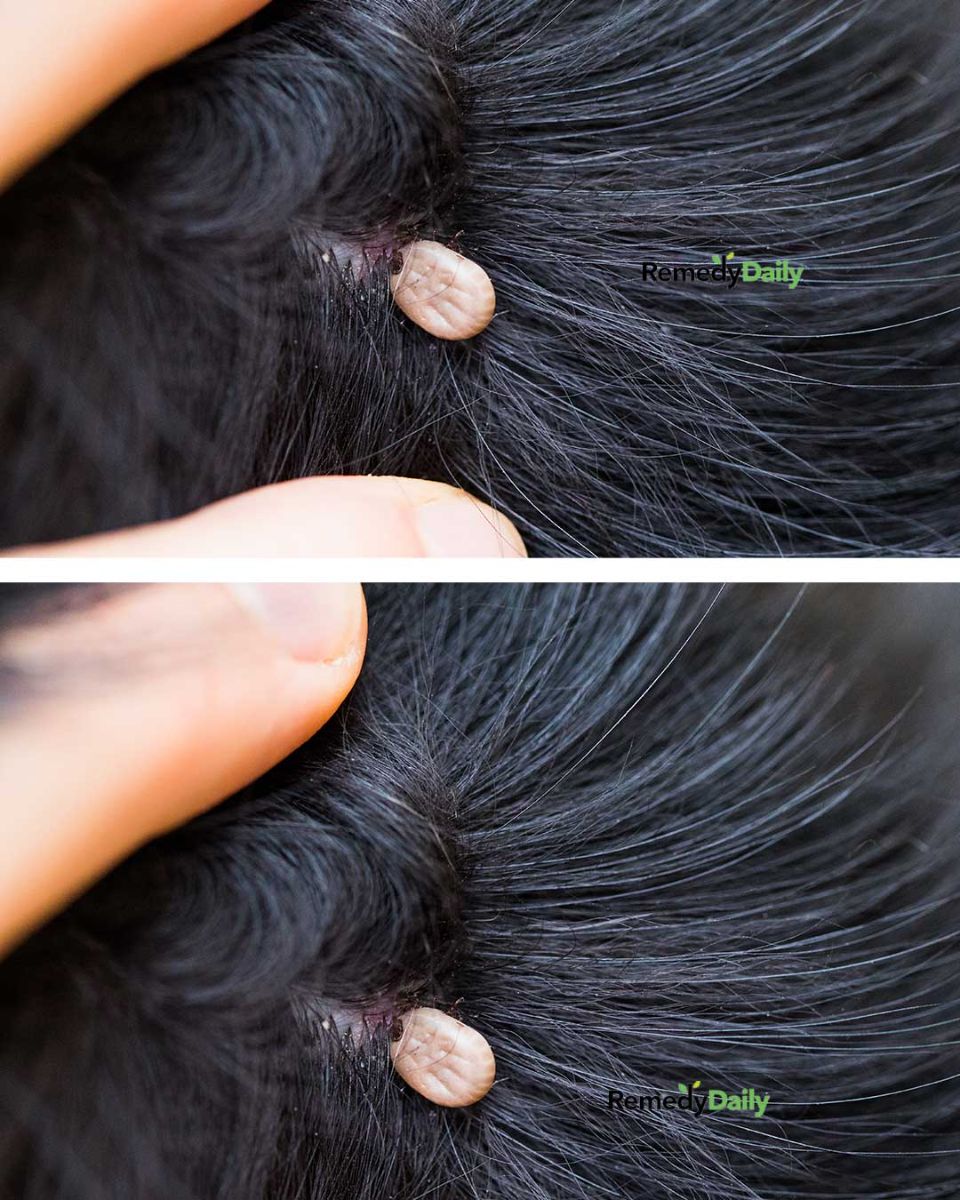6. When to Consult a Doctor
If home remedies do not alleviate the symptoms or if the infestation seems to be worsening, it may be time to consult a doctor. Persistent itching, open sores, or signs of infection such as pus or swelling are clear indicators that medical advice is needed.
Additionally, if your child has a pre-existing skin condition or allergies, it’s important to seek professional guidance to avoid exacerbating the issue. A doctor can provide a definitive diagnosis and recommend appropriate treatments, which may include prescription medications or specialized shampoos.
7. Preventive Measures for Hair Pests
Preventing hair pests involves a combination of good hygiene practices and environmental management. Encourage your child to avoid head-to-head contact with others and to not share personal items like hats, combs, or hair accessories. Regularly washing bedding, clothing, and stuffed animals in hot water can help eliminate any pests that may be present.
Maintaining a clean living environment by vacuuming regularly and reducing clutter can also minimize the risk of mite infestations. Educating your child about the importance of personal hygiene and being mindful of their surroundings can go a long way in preventing future issues.
8. Understanding the Risks of Mites
Mites, while small, can pose significant health risks if left untreated. Scabies mites, for example, can cause severe itching and lead to secondary infections from scratching. Dust mites, although not living on humans, can trigger allergic reactions and exacerbate conditions like asthma.
Understanding the potential risks associated with mites can help you take proactive measures to protect your child’s health. Being aware of the environments where mites thrive and taking steps to reduce exposure can mitigate these risks.
9. How Mites Affect Health
Mites can affect health in various ways, depending on the type of mite and the individual’s sensitivity. Scabies mites cause intense itching and a rash, which can lead to skin infections if scratched excessively. Dust mites, on the other hand, are known for triggering allergic reactions, leading to symptoms such as sneezing, runny nose, and itchy eyes.
In some cases, prolonged exposure to mites can worsen respiratory conditions like asthma, particularly in children with pre-existing sensitivities. Understanding these health impacts can help you identify symptoms early and seek appropriate treatment.
10. Treatment Options Available
Treatment for hair pests varies depending on the specific pest and the severity of the infestation. Over-the-counter treatments for lice include shampoos containing permethrin or pyrethrin, which are effective in killing lice and their eggs. Prescription medications may be necessary for more severe cases or for mites like scabies.
In addition to topical treatments, oral medications may be prescribed for certain mite infestations. It’s important to follow the treatment plan as directed by a healthcare professional to ensure complete eradication of the pests and to prevent re-infestation.
11. Long-term Care and Monitoring
After treatment, it’s important to continue monitoring your child’s scalp and overall health to ensure the pests have been completely eliminated. Regularly check for any signs of re-infestation and maintain good hygiene practices to prevent future occurrences.
If your child experiences recurring infestations or persistent symptoms, it may be necessary to consult a specialist, such as a dermatologist, for further evaluation and management. Keeping a record of treatments used and their outcomes can be helpful in guiding future care decisions.
